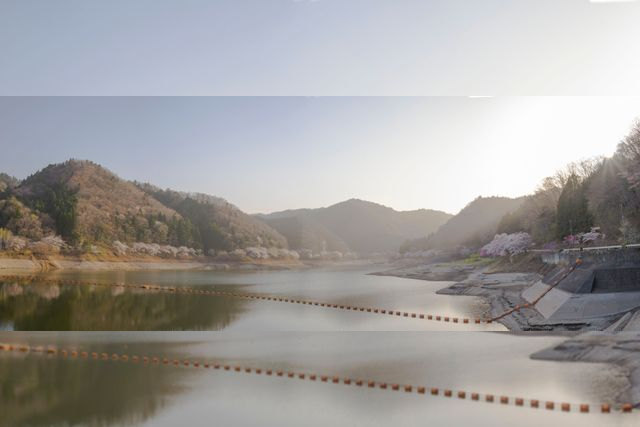Sakashita Dam
menuMenu
A dam brimming with history and engineering, playing a crucial role as a cooling water source for the Fukushima Daiichi Nuclear Power Plant.






Highlights
- Cooling water source for the Fukushima Daiichi Nuclear Power Plant
- Gravity concrete dam
- Completed in 1973
- A dam brimming with history and technology
- Its majestic presence can be admired from afar
Basic Information
- Address
- 125 Tekura, Ōkawarate, Ōkuma-machi, Futaba-gun, Fukushima Prefecture Search for tourist attractions in Fukushima
- Access
- Access is convenient by car. It's located approximately 5km from the Fukushima Daiichi Nuclear Power Plant. However, access to the dam is currently restricted. Show route
- Op.Hours
- Cld.Days
- Fee
- INFO
- Access to the dam is currently restricted.
